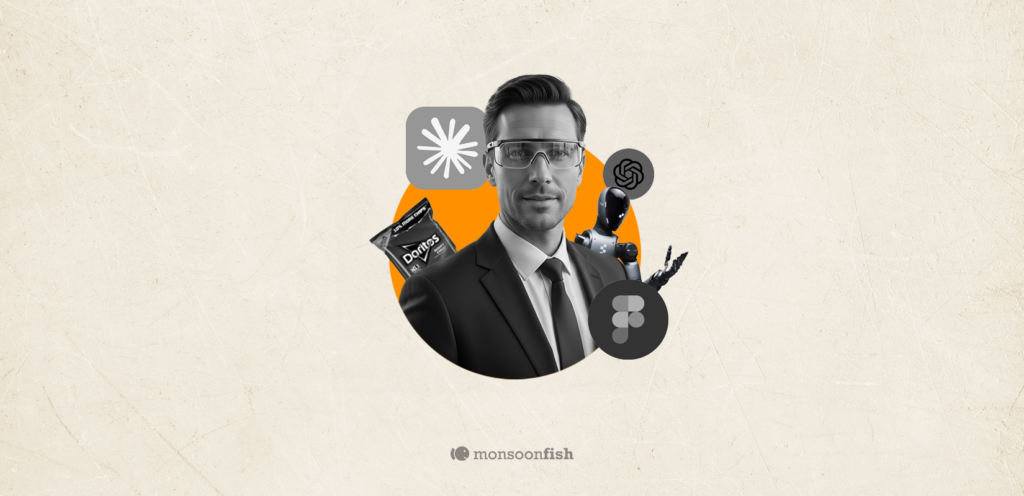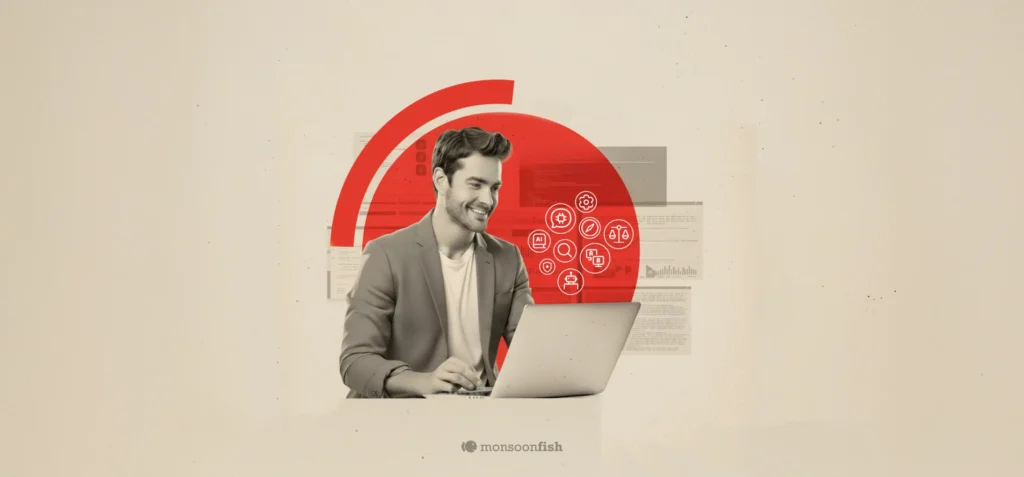Sunk Cost Fallacy
Continuing to indulge in something based on past investments, even if it’s unlikely to generate positive outcomes.

Sunk Cost Fallacy
Amit had always dreamed of having the perfect home—a cozy space with modern interiors and elegant decor. When he bought an old apartment, he was eager to renovate it. The contractor estimated three months and a reasonable budget.
But things didn’t go as planned.
First, the flooring turned out to be uneven, requiring extra work. Then, the custom cabinets he ordered were delayed. Costs kept adding up, and timelines kept stretching. Six months in, Amit had already spent twice the original budget.
His friends advised him to pause and reconsider—maybe it was time to cut his losses and move into a ready-to-move apartment. But Amit resisted. “I’ve already spent so much! If I quit now, all that money and effort will go to waste.”
So, he kept pushing forward. More delays. More costs. More frustration. A year later, he finally moved in—but the financial strain and stress had far outweighed the satisfaction. He later admitted that, looking back, buying a fully-furnished apartment would have been the better choice.
This is the Sunk Cost Fallacy—when people continue an investment not because it’s the best choice, but because they’ve already invested too much to walk away. Like watching a terrible movie just because you paid for the ticket, or holding onto a bad investment, it’s often wiser to let go and move forward than to keep sinking resources into something that no longer serves you.
Contents
CATEGORIES










































